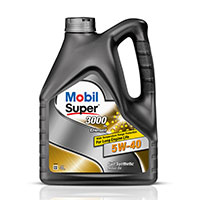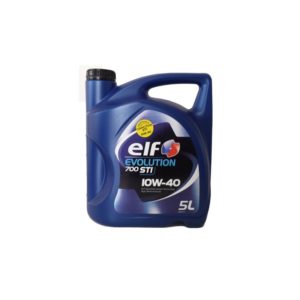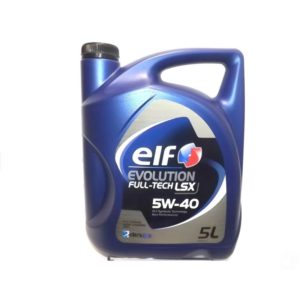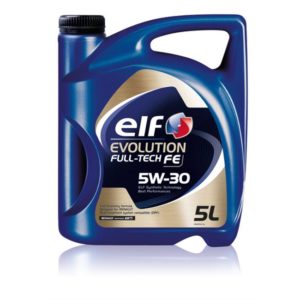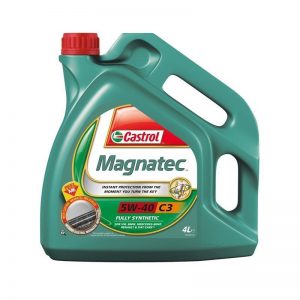How to Calculate & Use Liquidity Ratios
Alongside her literary pursuits, she excels in verbal and written communications, social media management, and customer service, showcasing her multifaceted talents. As a dedicated advocate for the LGBTQ+ community, Savannah’s work reflects her commitment to promoting inclusivity and representation. Whether crafting compelling narratives or spearheading PR campaigns, Savannah’s creativity and determination leave an indelible mark on every project she undertakes. Liquidity can be best illustrated through practical examples that bring the concept to life. Let’s look at two distinct scenarios — one from everyday life and another from the financial world. Index funds track a particular index and can be a good way to invest.
Assessing a Company’s Short Term Financial Health: Liquidity Ratio
High liquidity affords companies the flexibility to tackle unexpected expenses, invest in growth opportunities, and reduce their reliance on external financing. Promptly collecting receivables, negotiating favorable payment terms with suppliers, and optimizing inventory levels can free up cash, enhancing liquidity. It denotes an entity’s ability to secure immediate financing without resorting to desperate measures or selling assets at a steep discount. Determining how liquid a market is requires learning a few key statistics. Here are four important numbers to watch when researching different assets.
Similarly, liquidity can apply to personal or corporate finance, in the sense of liquidity referring to the ability to meet short-term debt obligations or generally being able to convert assets to cash. Stocks with a market capitalization of $10 billion or more are considered large-cap stocks, while those with a market cap between $2 billion and $10 billion are mid-cap stocks. Meanwhile, small-cap stocks, which have a market cap between $300 million and $2 billion, are sometimes quite liquid as well, but their liquidity is usually lower than that of large- and mid-cap stocks. Large-cap stocks Tesla, Apple, Alphabet, and Nvidia are highly liquid. Securities that are traded over the counter (OTC), such as certain complex derivatives, are often quite illiquid. For individuals, a home, a time-share, or a car are all somewhat illiquid in that it may take several weeks to months to find a buyer, and several more weeks to finalize the transaction and receive payment.
For IPOs, companies must comply with SEC registration and disclosure requirements, including filing a Form S-1 registration statement with detailed financial statements and risk factors. Discover the essentials of liquidity events, including triggers, types, valuation, tax implications, and regulatory aspects for informed decision-making. Liabilities are anything—usually money—a person or company owes to someone else, such as taxes, wages, bank loans, and accounts payable. The bid is the highest price any trader currently has an order to buy. The ask is the lowest price any trader currently has an order to sell. Another way to offset your risk is to https://www.forex-reviews.org/ purchase other asset classes as well as stocks such as property shares, gold and silver shares and low risk ETF shares.
Where Should You Invest $1,000 Right Now?
Less liquid assets would include real estate, which earns a higher return (usually) but comes with a costly and time-consuming transaction process. High liquidity gives investors confidence, thereby helping to encourage investment and ensuring that money can flow as needed among buyers and sellers. In this scenario, the company only has $3,000 of cash on hand and no liquid assets to quickly sell for cash. It will default on its loan within one month, because it has low overall liquidity. Shares of a publicly traded company, for example, are typically liquid, meaning they can be sold quickly on a stock exchange, but that might occur after the stock dropped in value. However, the drop is caused by the market participants agreeing on the lower valuation, rather than a lack of liquidity affecting the price.
- Some day or swing traders with advanced strategies may prefer to live in illiquid territory, but most market participants want fast, cheap and efficient transactions.
- If the price difference is insignificant, then the market for the stock is said to be fairly liquid.
- Amongst the financial burden, the liquidity ratio determines a company’s capacity to settle its short-term debts without external intervention.
- When it comes to the financial markets, there are many important concepts that you should be aware of before you enter into the trading ring.
- Liquidity in stocks is important, as it determines how quickly you can open or close a position.
Examples of liquid stocks
Together, you can run through some scenario planning based on whether you decide to sell and how many shares you sold. Your advisor should be able to provide you with an updated net worth projection and tax liability projection, as well as take a look at your portfolio’s overall diversification. Mintos is a member of the national investor compensation scheme established under EU Directive 97/9/EC. The scheme protects investors by providing compensation if Mintos fails to return financial instruments or cash to investors. The maximum compensation an investor can claim under the scheme is 90% of their net loss, up to a maximum of €20 000.
The current ratio is also known as the working capital ratio and seeks to determine a company’s ability to meet its short-term obligations that are due within a year. The higher the ratio, the better a company’s financial health is and the stronger its ability to meet its financial obligations. It might be a one-cent gap for commonly traded stocks, meaning they’re highly liquid, or it might be several dollars for some options where there’s not enough buyers and sellers to form a tight consensus. Liquidity can significantly affect the financial health of markets, companies, and individuals.
What is an example of a liquid asset?
- Because these two prices must meet in order for a transaction to occur, consistently large bid-ask spreads imply a low volume for the stock while consistently small bid-ask spreads imply high volume.
- If a stock and company are performing well, are stable and have high trading volume, investors will be more likely to sell their shares with ease.
- Among these, the concept of market liquidity is particularly important.
- Similarly, liquidity can apply to personal or corporate finance, in the sense of liquidity referring to the ability to meet short-term debt obligations or generally being able to convert assets to cash.
- Increasing volume could mean upward or downward momentum is entering the market, but declining volume is almost always a bad sign for an asset.
- One of the reasons the stock market is so efficient is that it has enough liquidity to match buyers and sellers in a continuous auction market without creating volatile prices.
Achieving a balanced liquidity strategy is essential to navigate the complex interplay between stability, growth, and risk management in the dynamic world of finance. Without sufficient liquidity, businesses can run into disruptions, leading to potential setbacks or even failures. Ready cash is considered to be the most liquid possible asset, since it requires no conversion and is spendable as is. Liquidity is an estimation of how readily an asset or security can be converted into cash at a price that reflects its intrinsic value. While Citigroup currently has a “Moderate Buy” rating among analysts, top-rated analysts believe these five stocks are better buys. Thomas J Catalano is a CFP and Registered Investment Adviser with the state of South Carolina, where he launched his own financial advisory firm in 2018.
Also remember to factor in your individual appetite for risk, before purchasing new stocks. For privacy and data protection related complaints please contact us at Please read our PRIVACY POLICY STATEMENT for more information on handling of personal data. Get stock American airline aktie recommendations, portfolio guidance, and more from The Motley Fool’s premium services. This stability can be reassuring for investors, creditors, and other stakeholders. Funding liquidity pertains to the availability of credit or funding for institutions, particularly financial ones like banks. For example, a technology company does not operate the same as an airline company.
These names tend to be lesser known, have lower trading volume, and often have lower market value and volatility. Thus, the stock for a large multinational bank will tend to be more liquid than that of a small regional bank. Cash is the most liquid asset, followed by cash equivalents, which are things like money market accounts, certificates of deposit (CDs), or time deposits. Marketable securities, such as stocks and bonds listed on exchanges, are often very liquid and can be sold quickly via a broker. Gold coins and certain collectibles may also be readily sold for cash. Accounting liquidity measures the ease with which an individual or company can meet their financial obligations with the liquid assets available to them—the ability to pay off debts as they come due.
Financial Calendars
This is because every type of industry is going to have different asset and debt standards. Liquidity in stocks is important, as it determines how quickly you can open or close a position. Also, high liquidity implies lower risk, as there is a higher certainty of someone taking the other side of the trade. The most liquid stocks tend to be those with a great deal of interest from fusion markets review various market actors and a lot of daily transaction volume. Such stocks will also attract a larger number of market makers who maintain a tighter two-sided market. Financial analysts look at a firm’s ability to use liquid assets to cover its short-term obligations.






